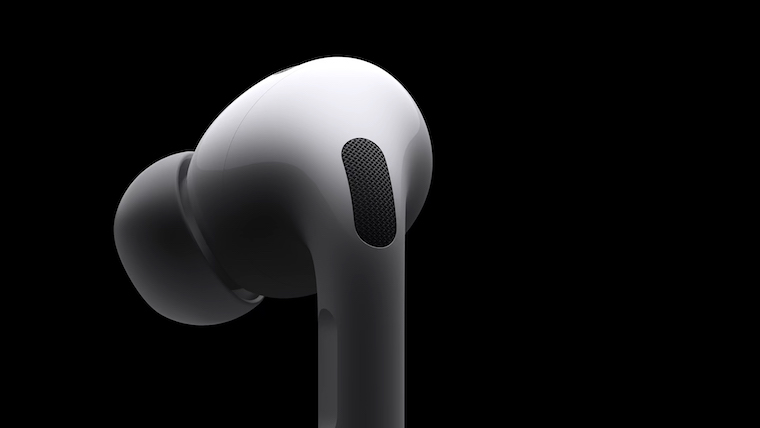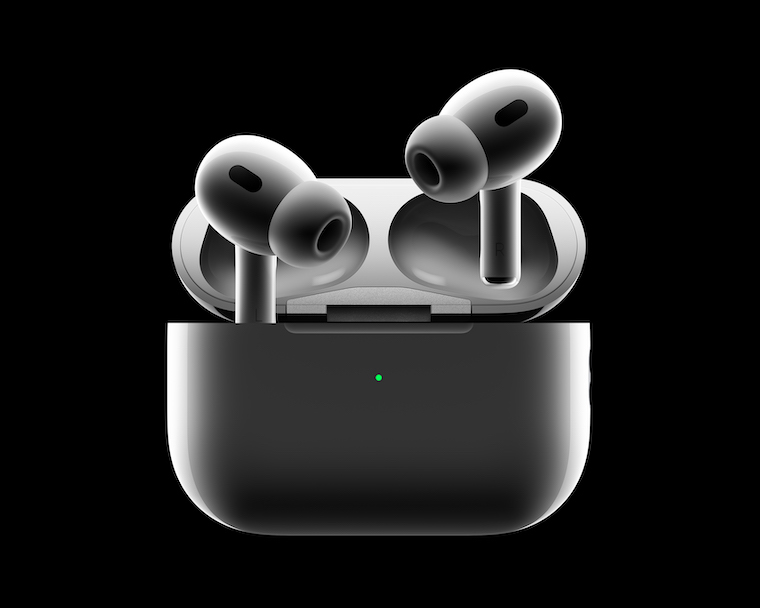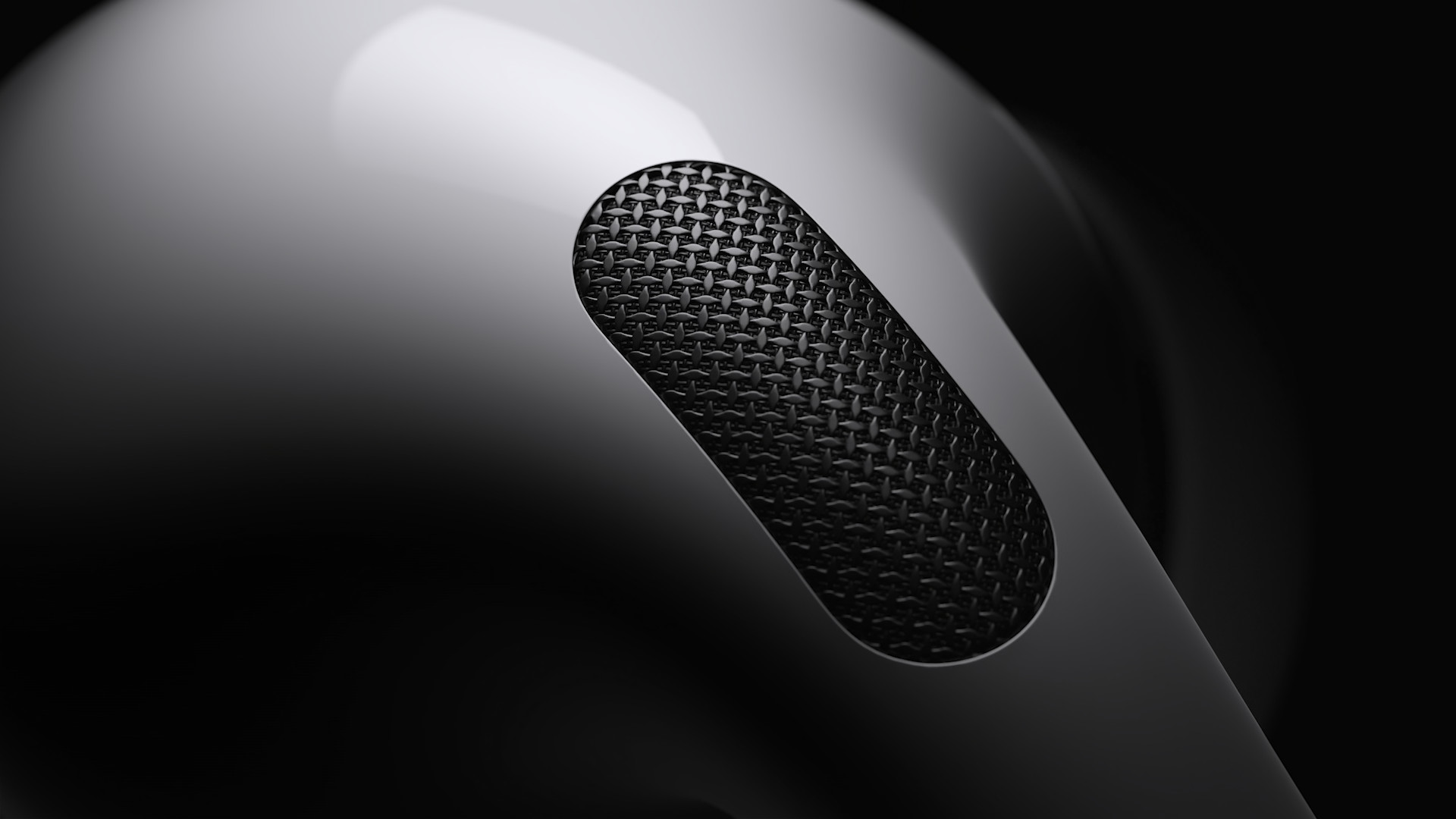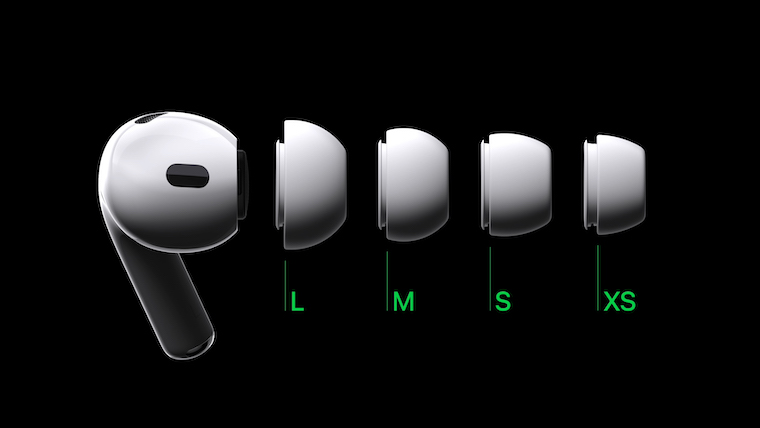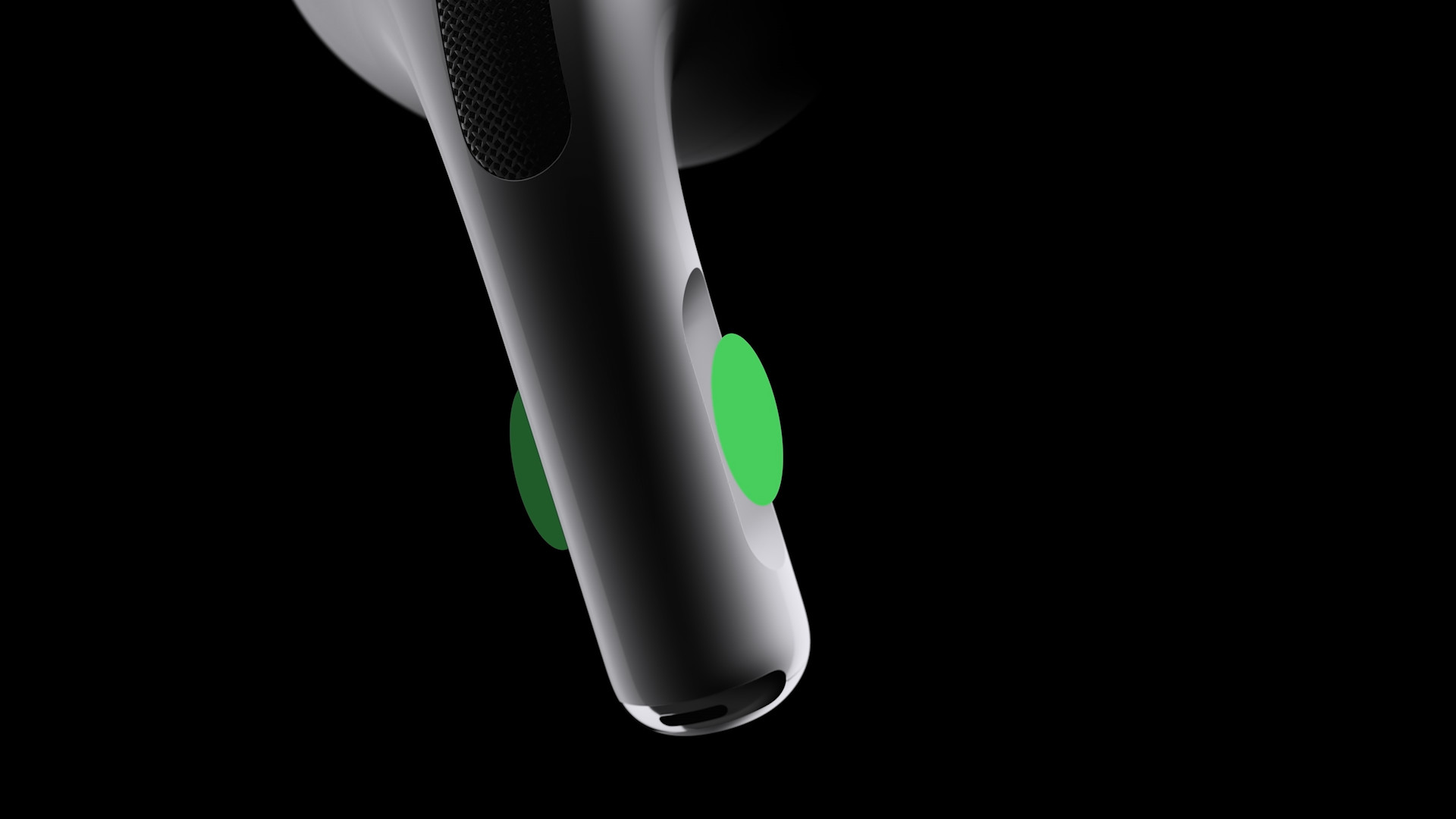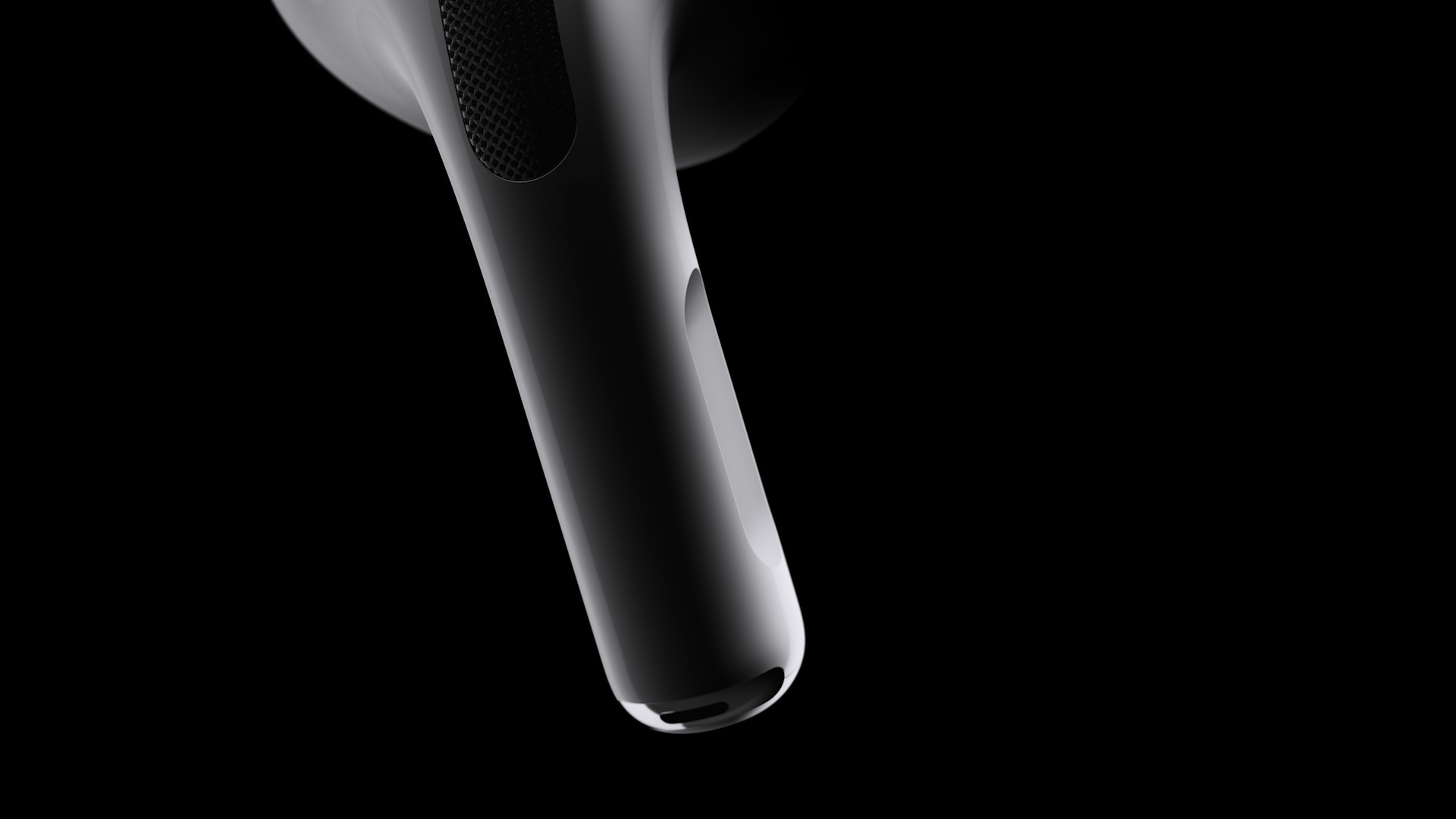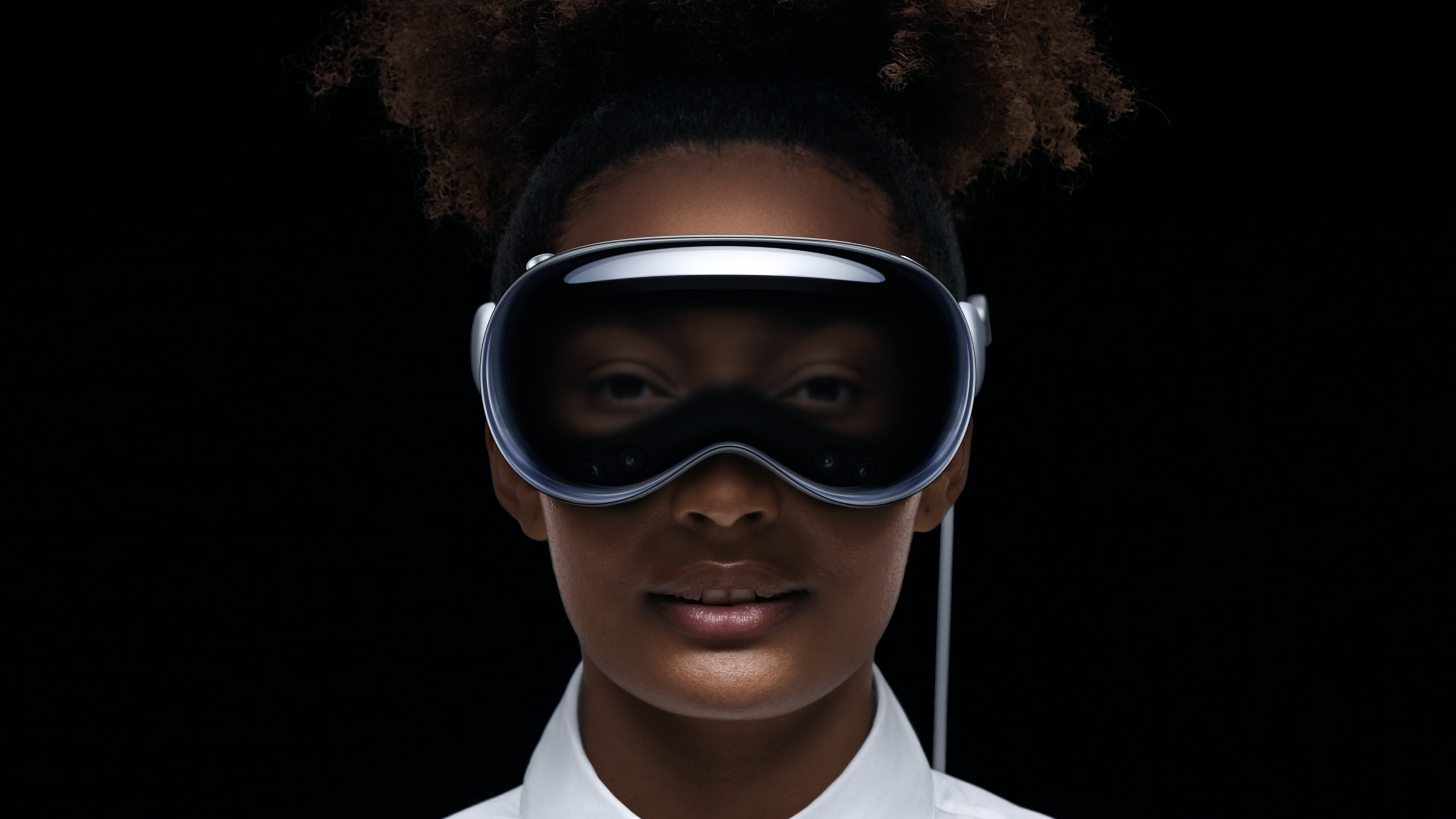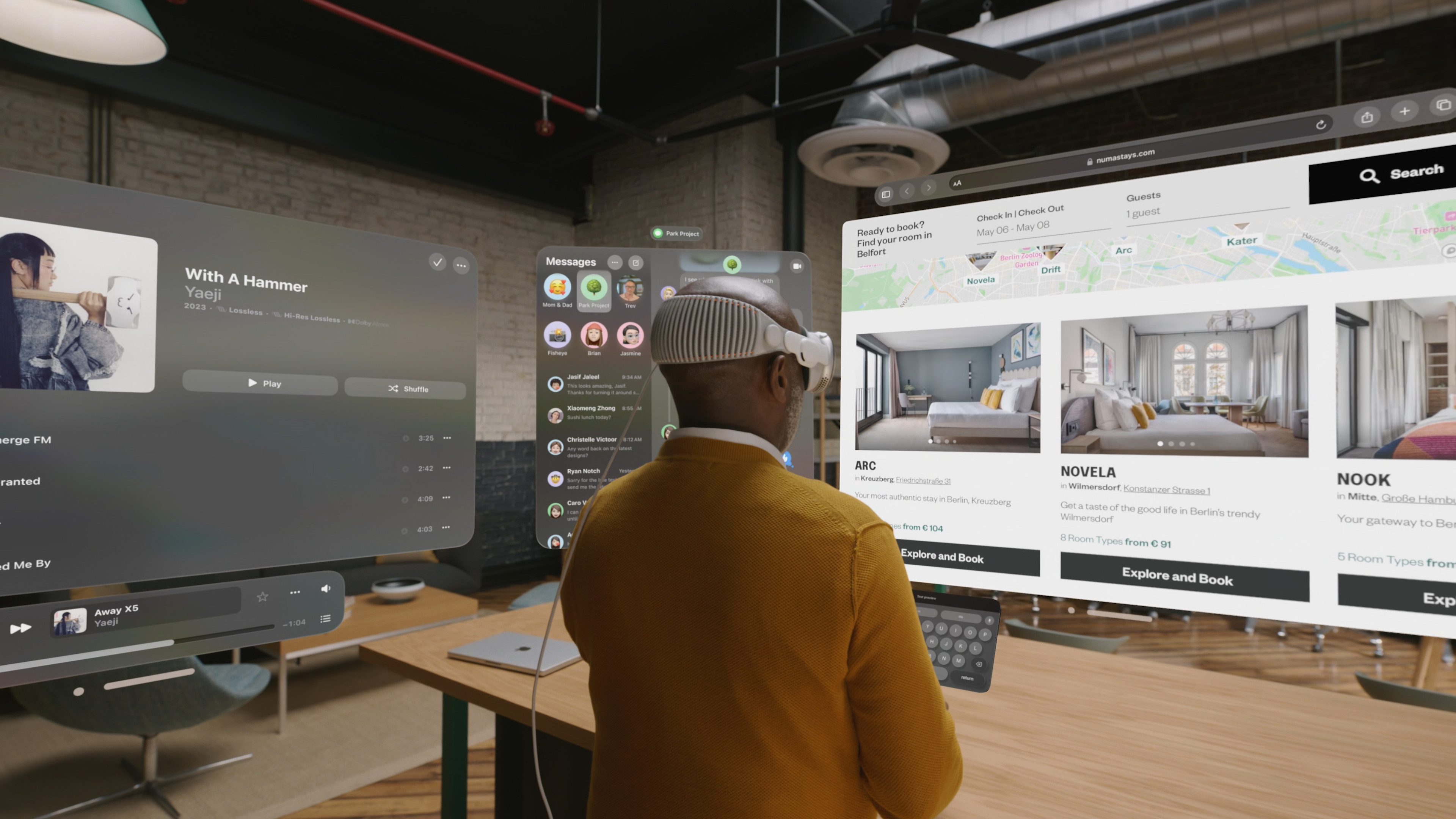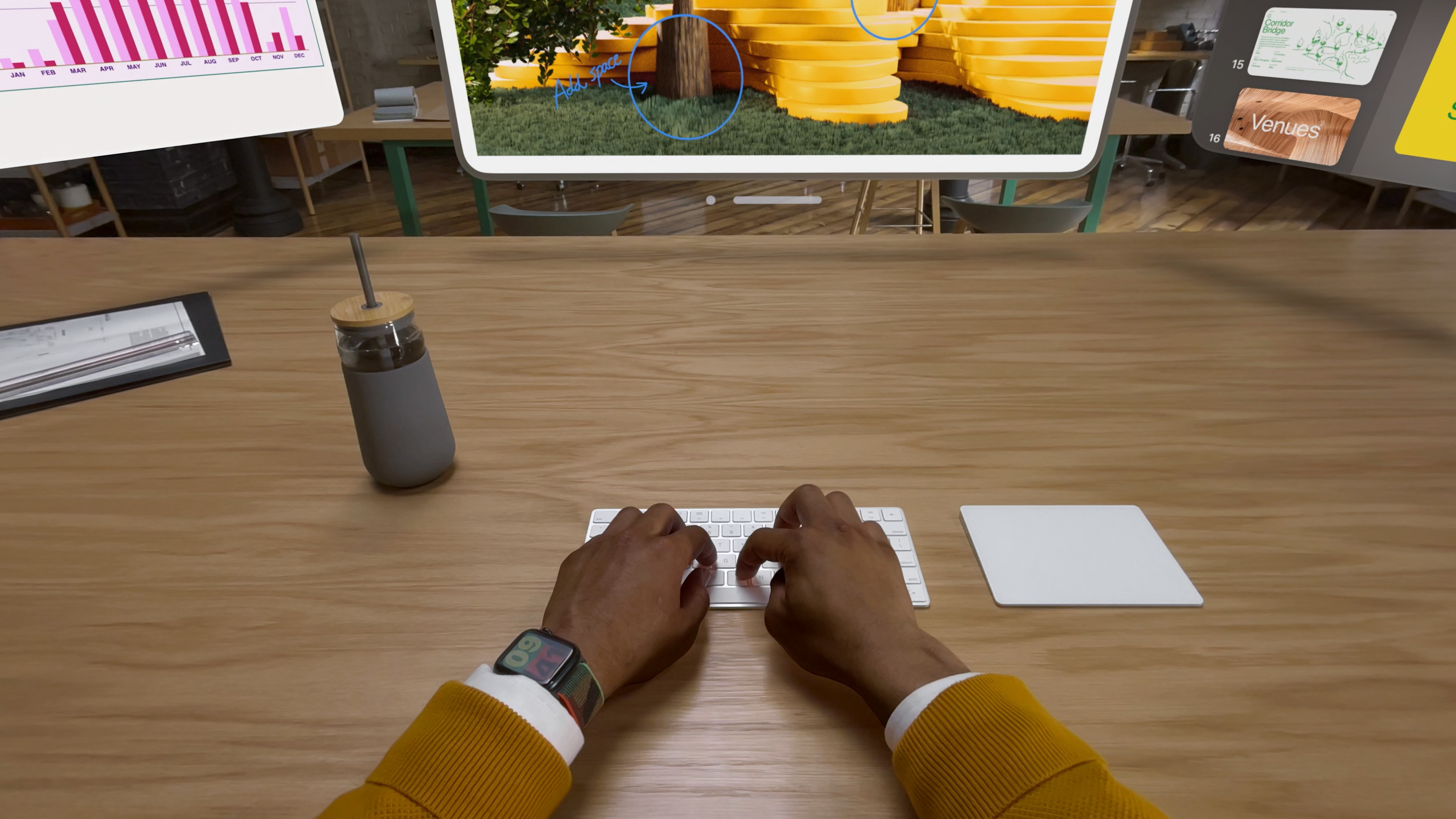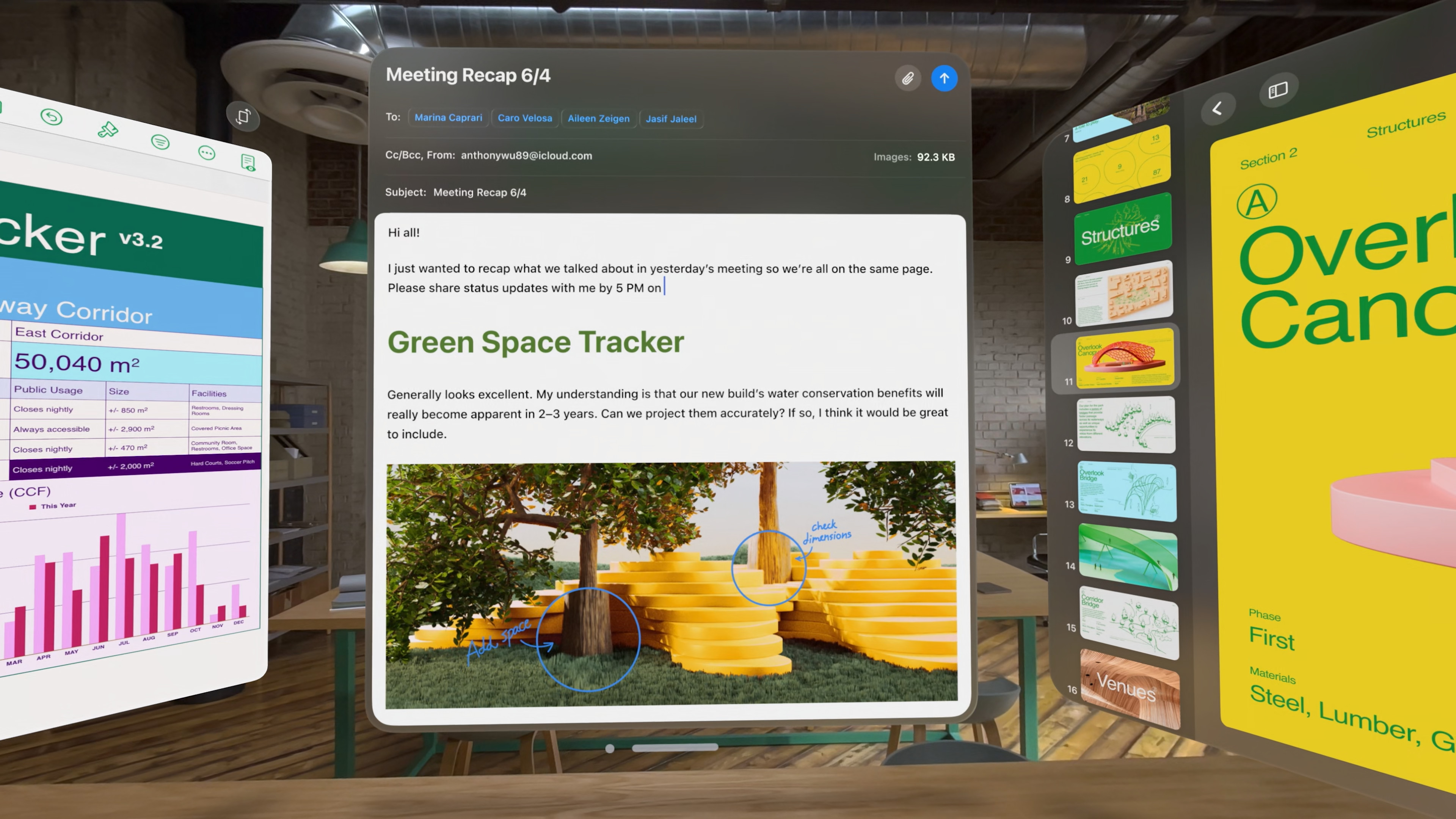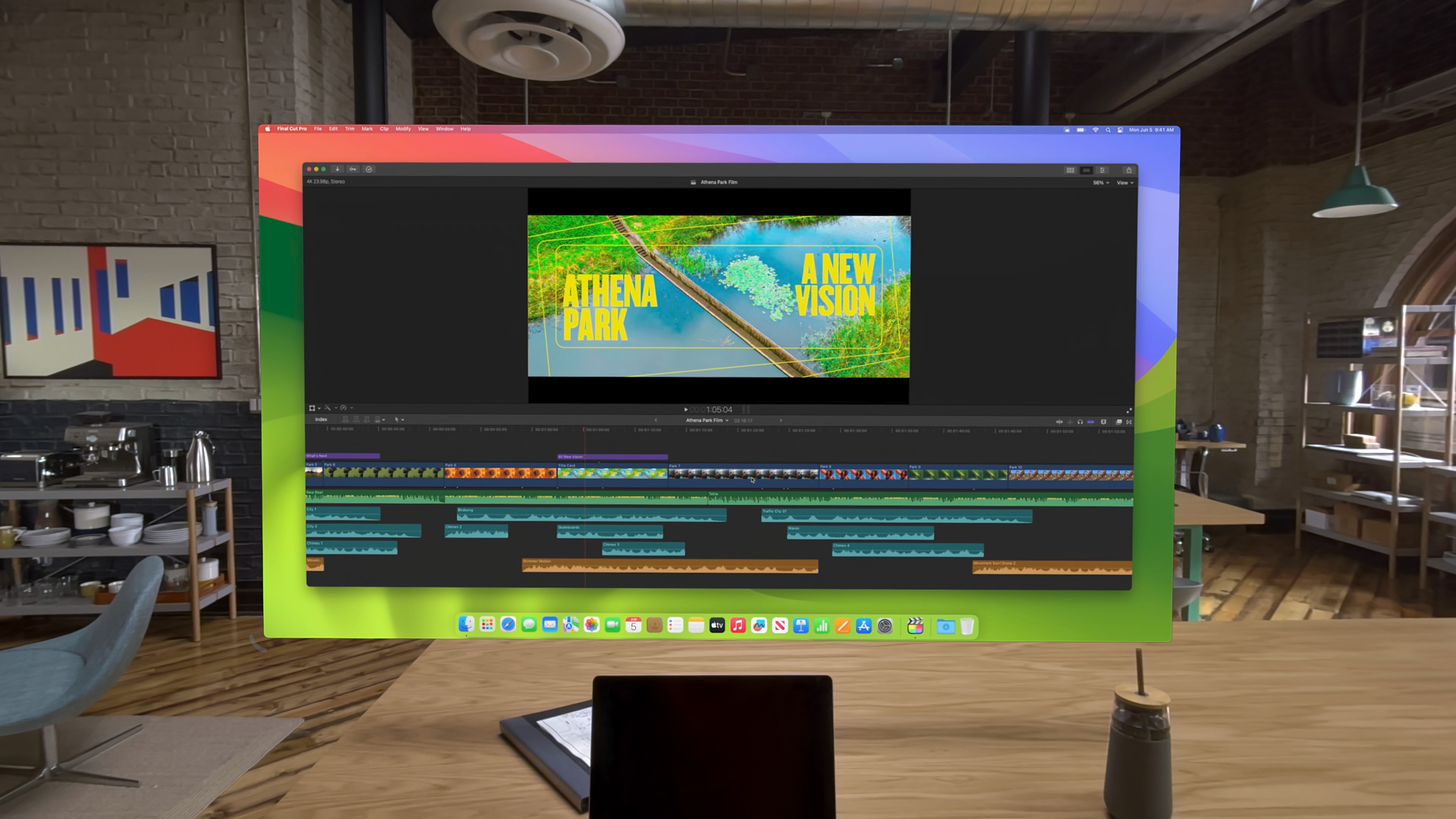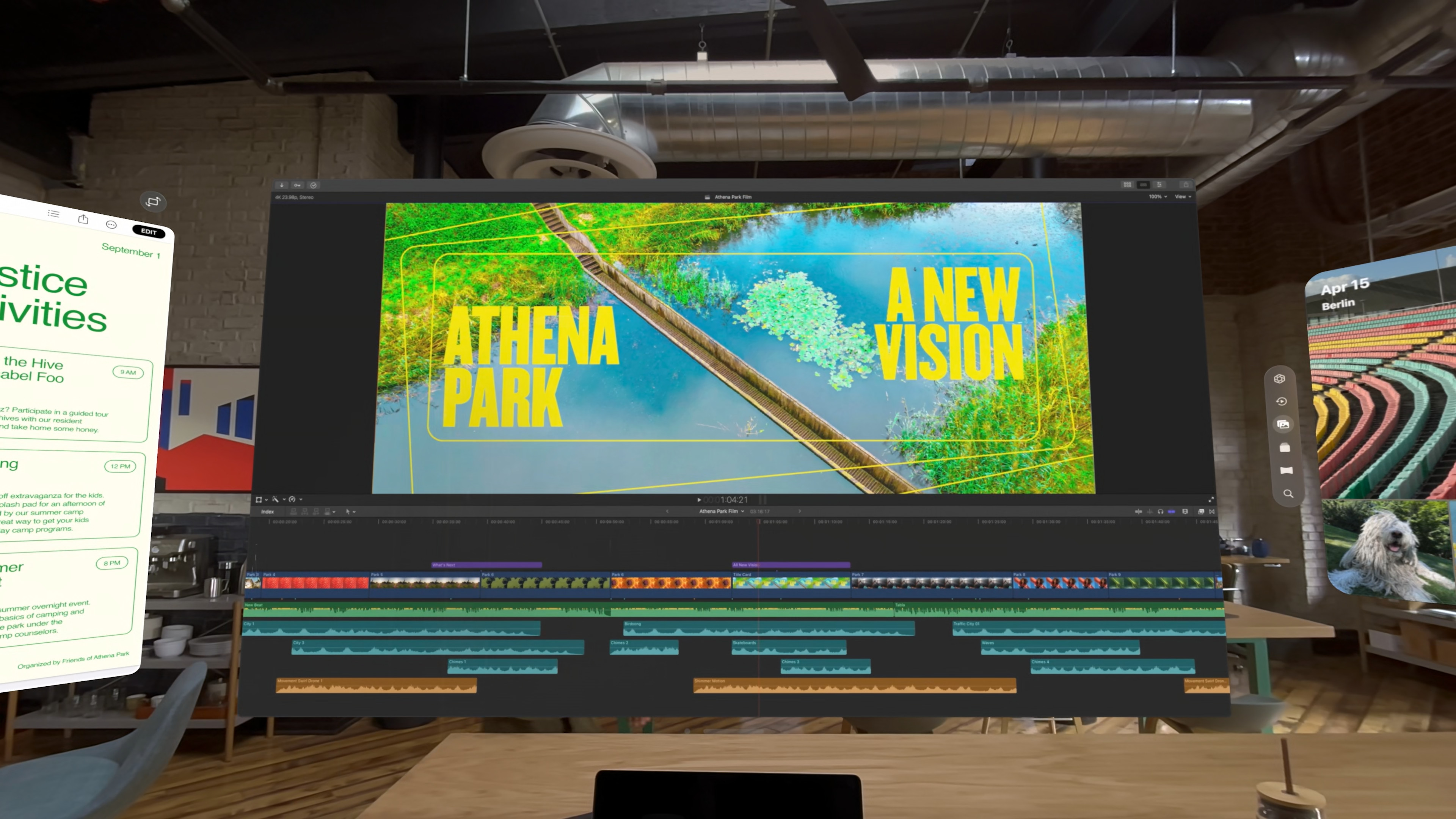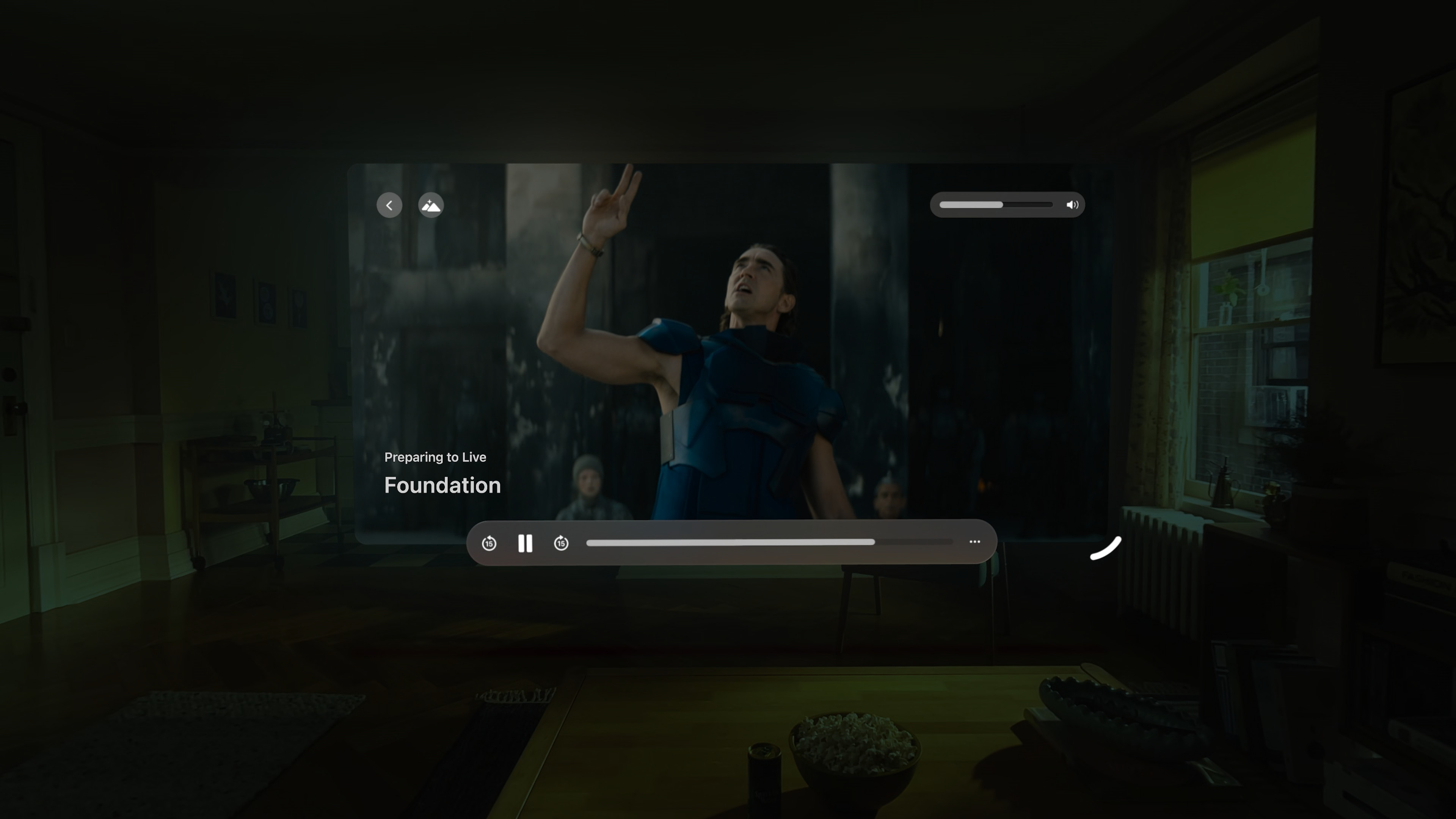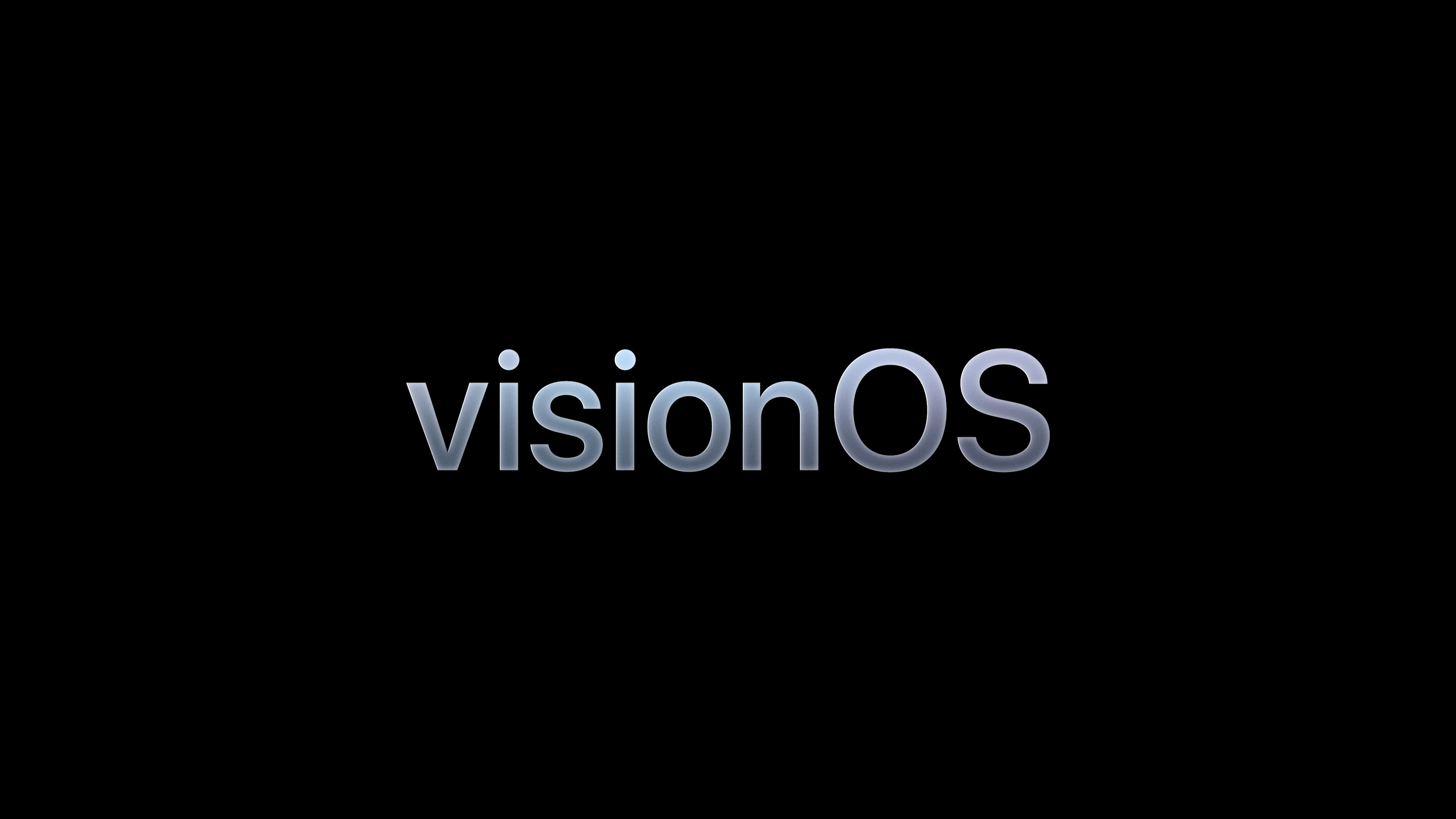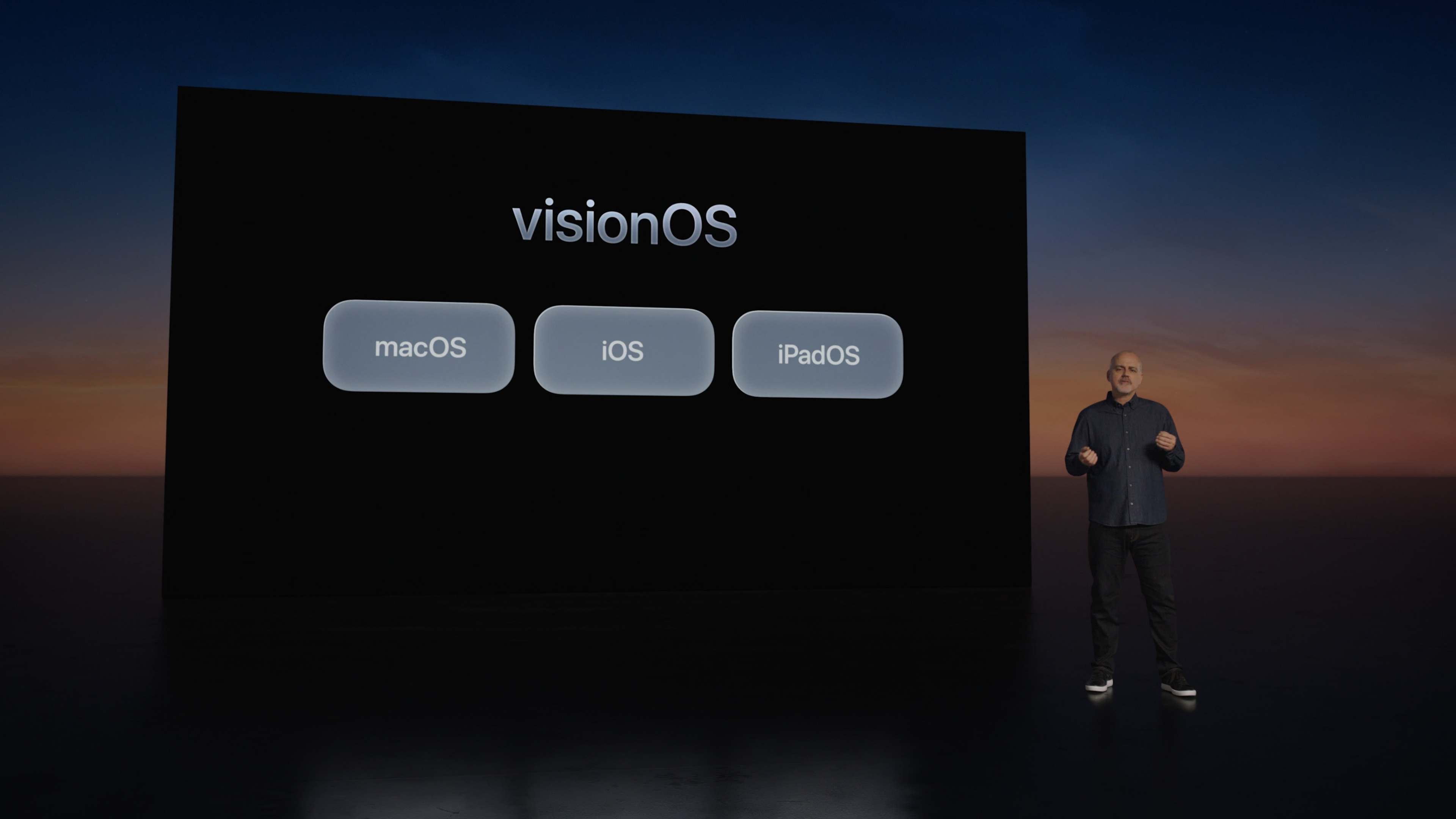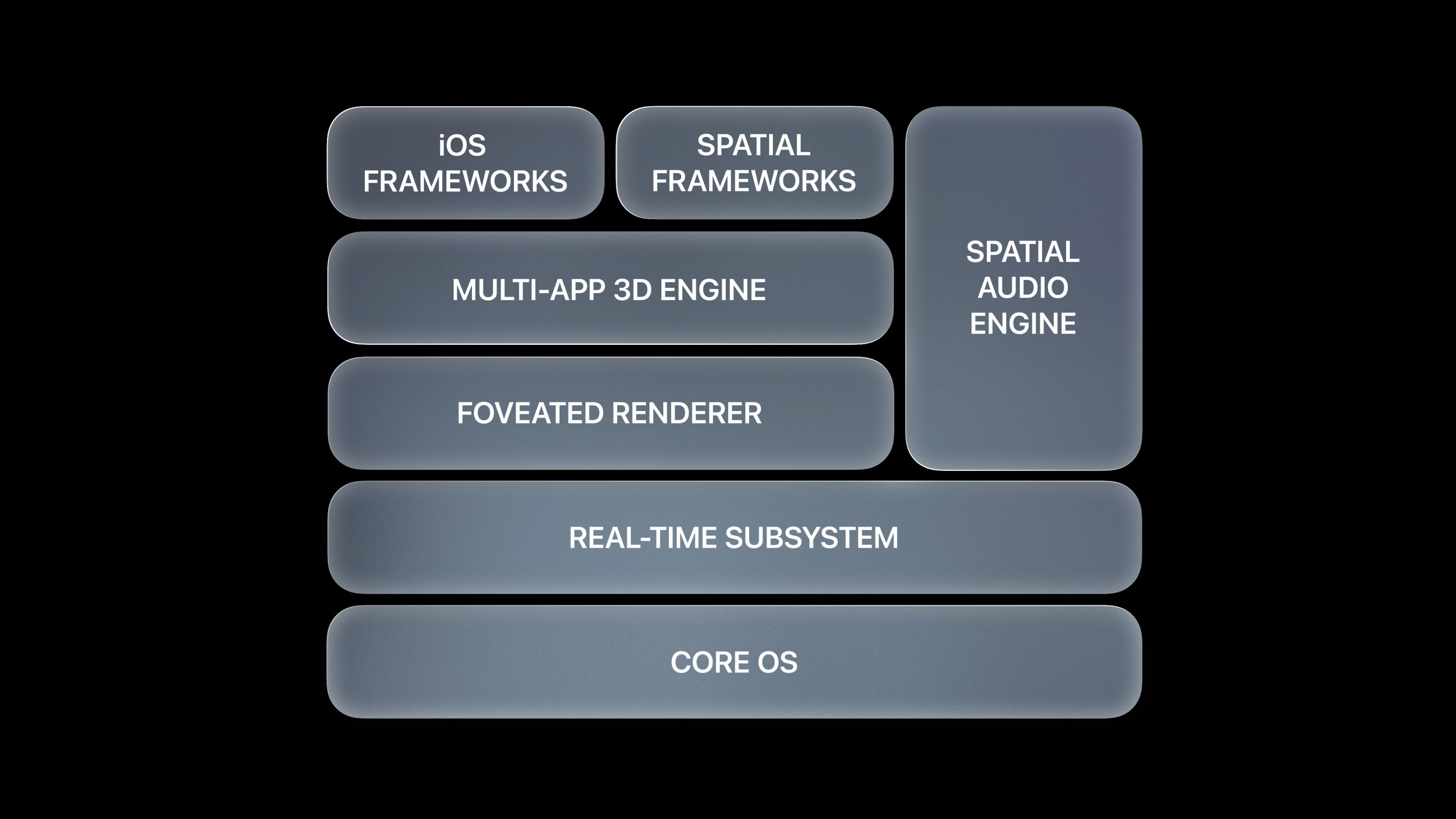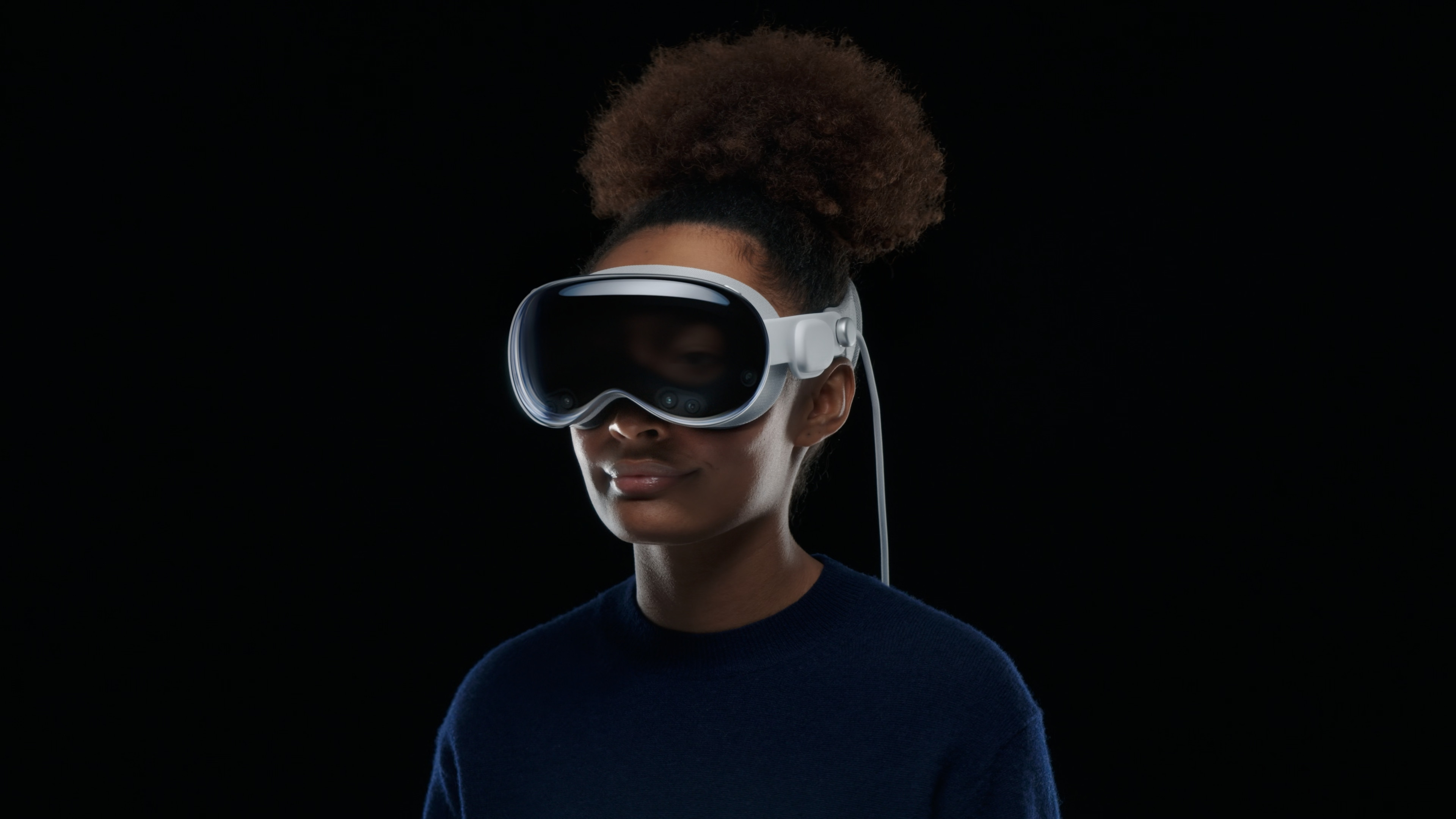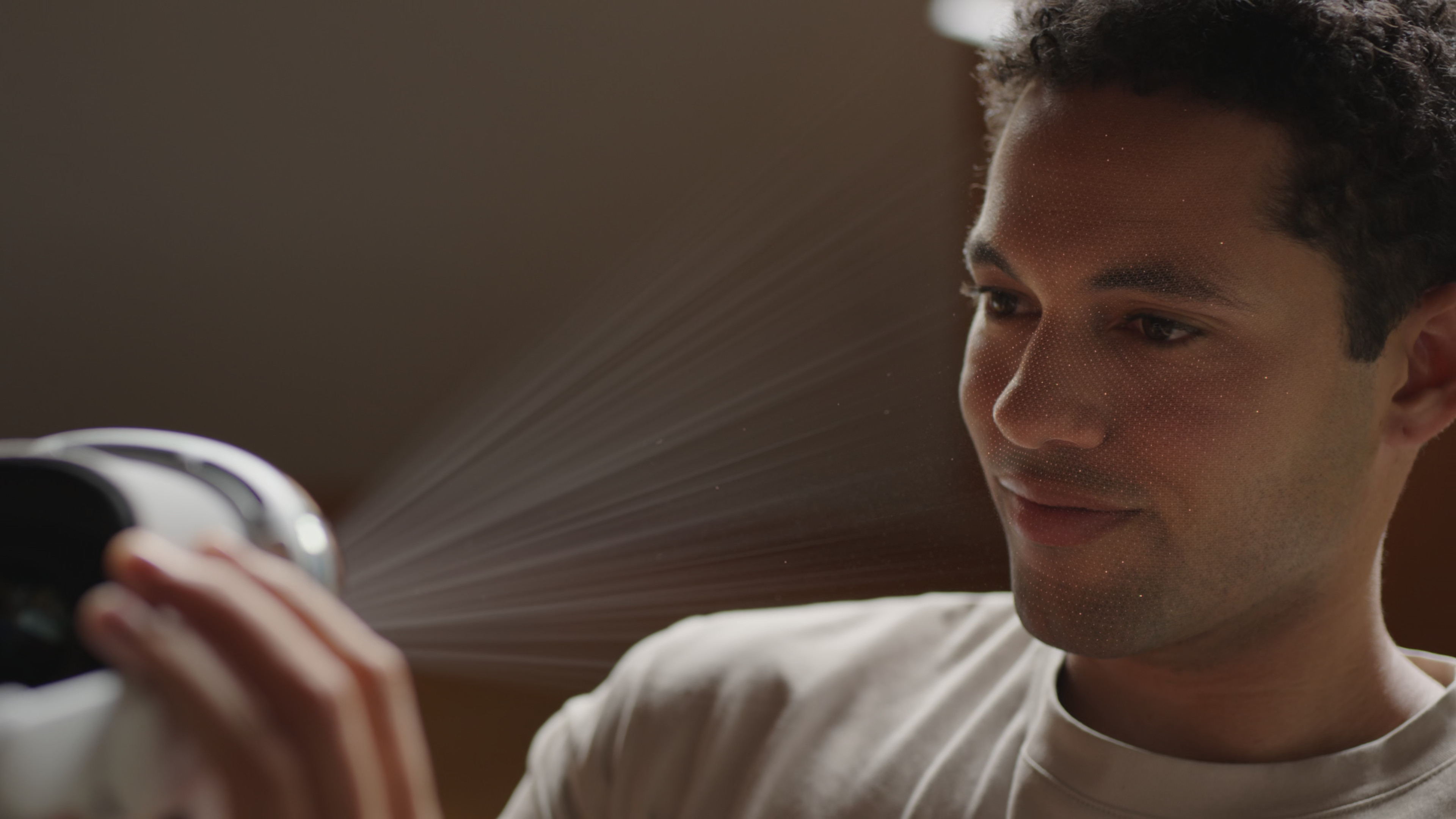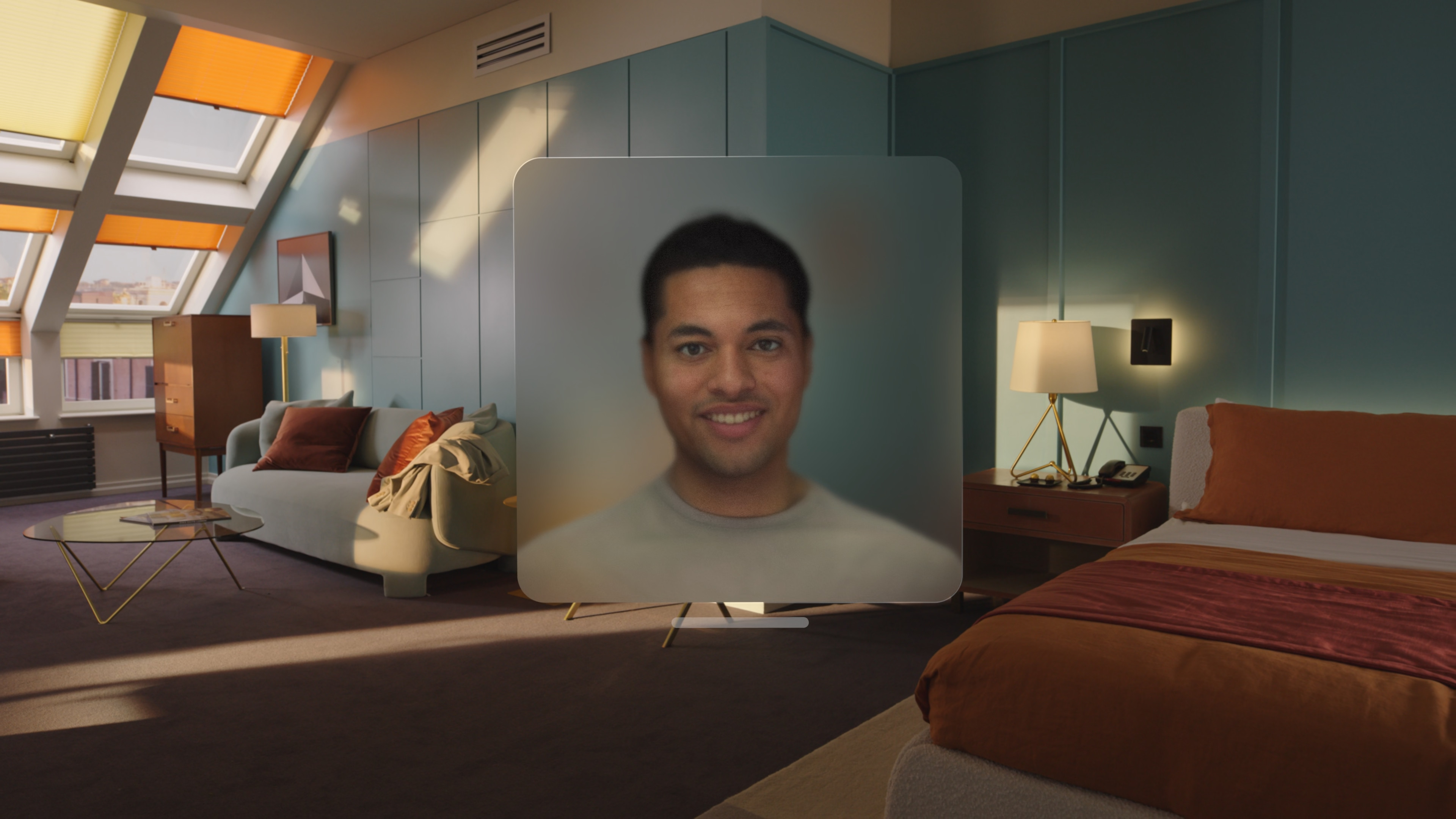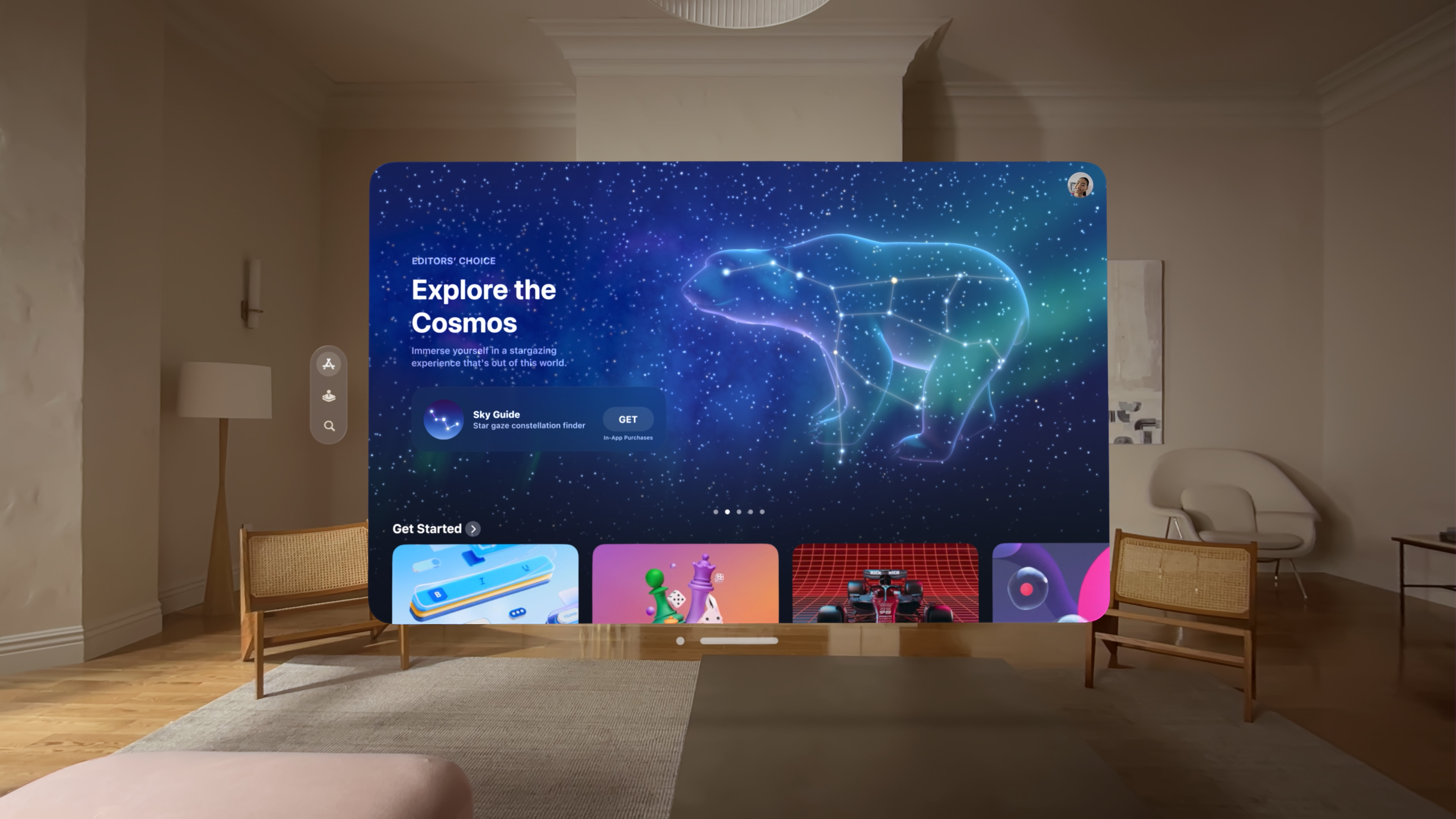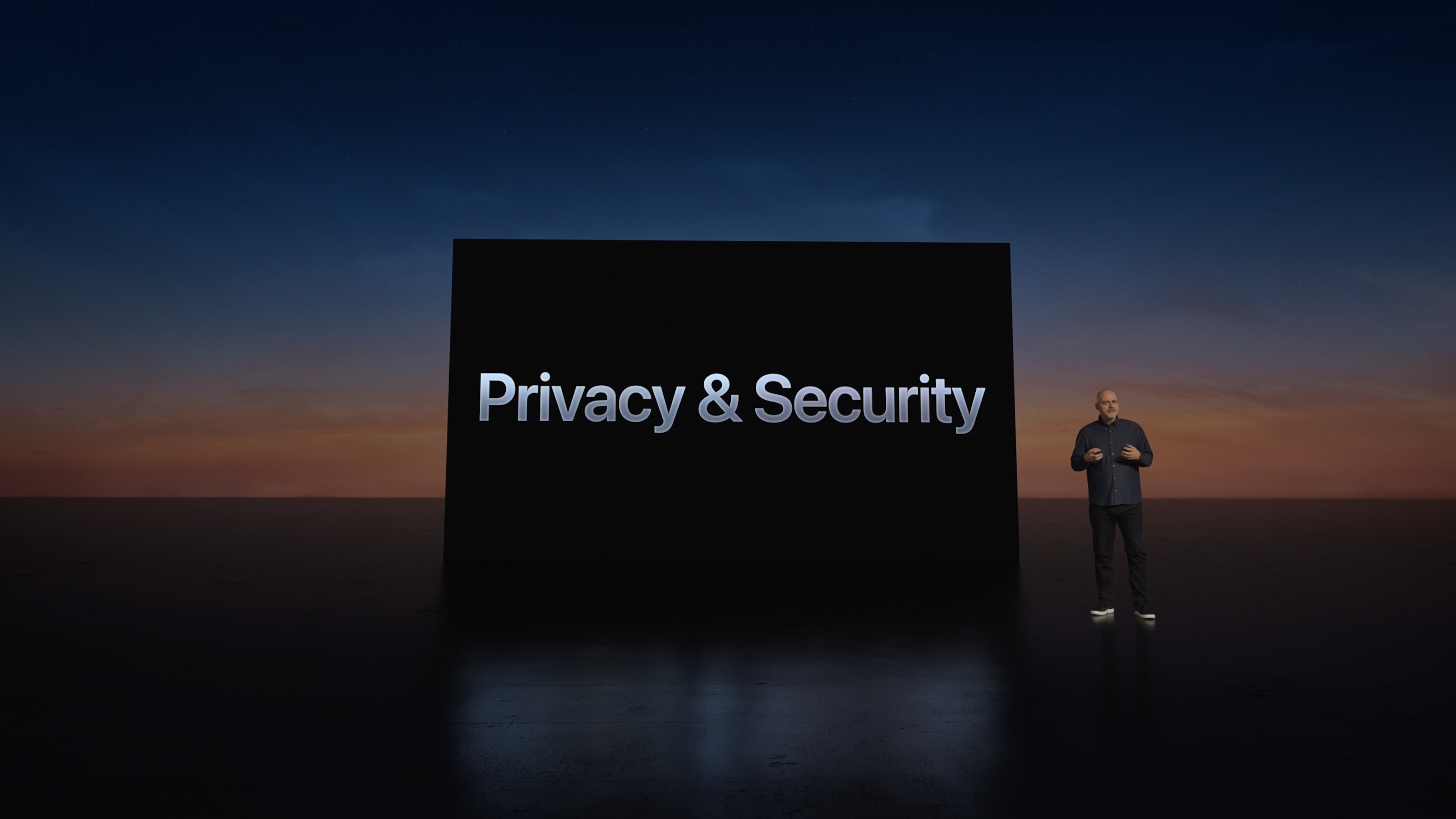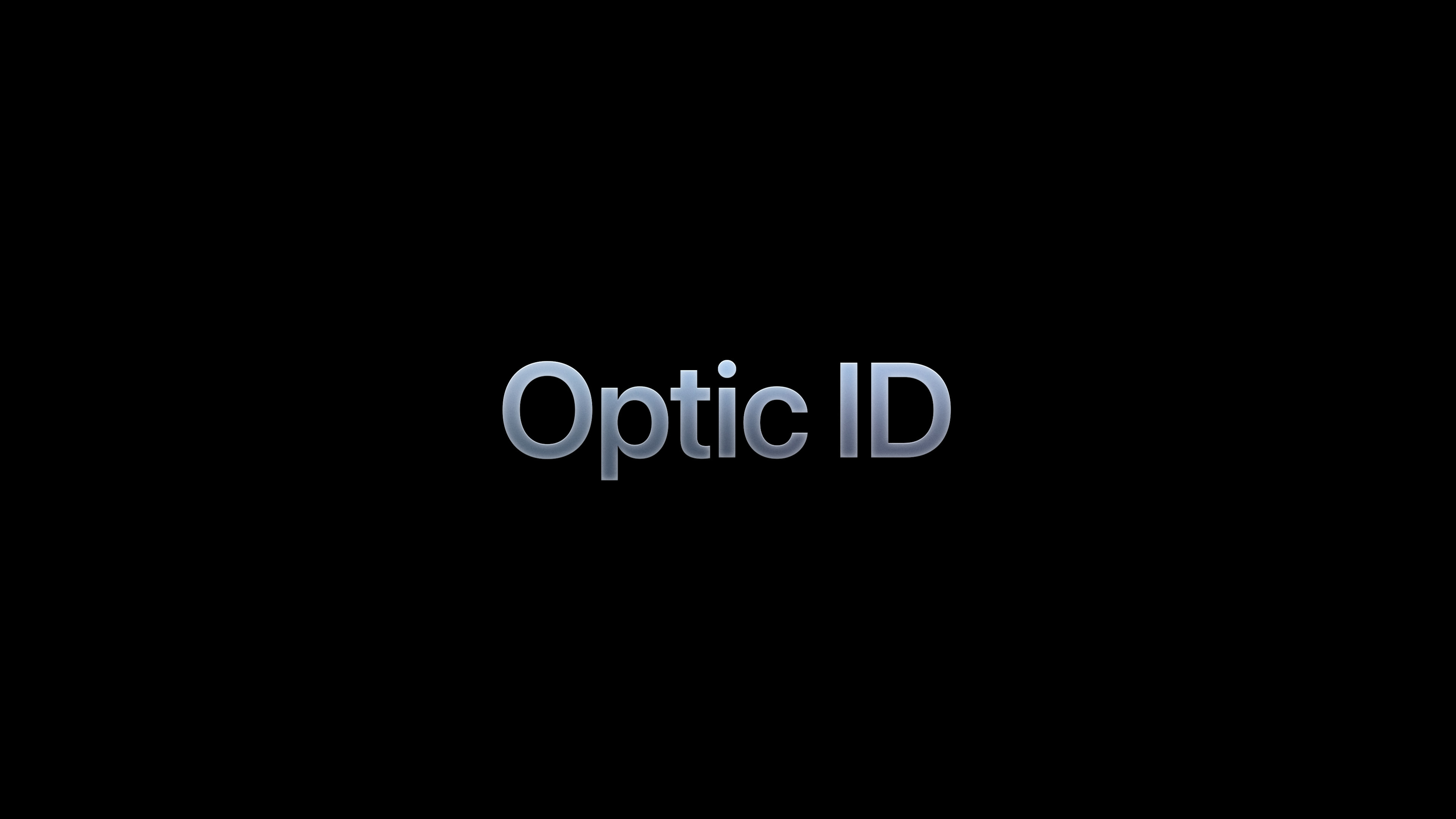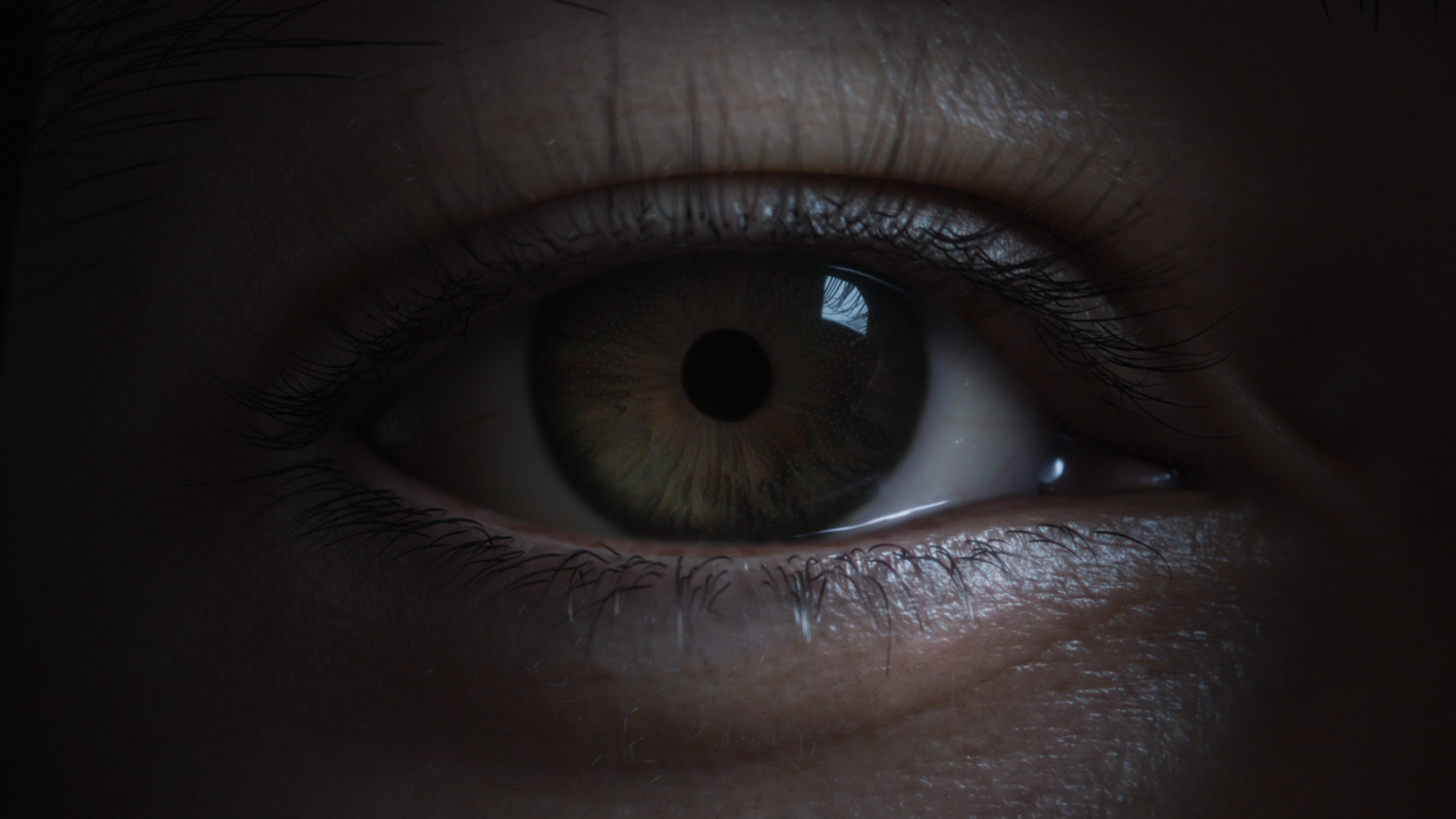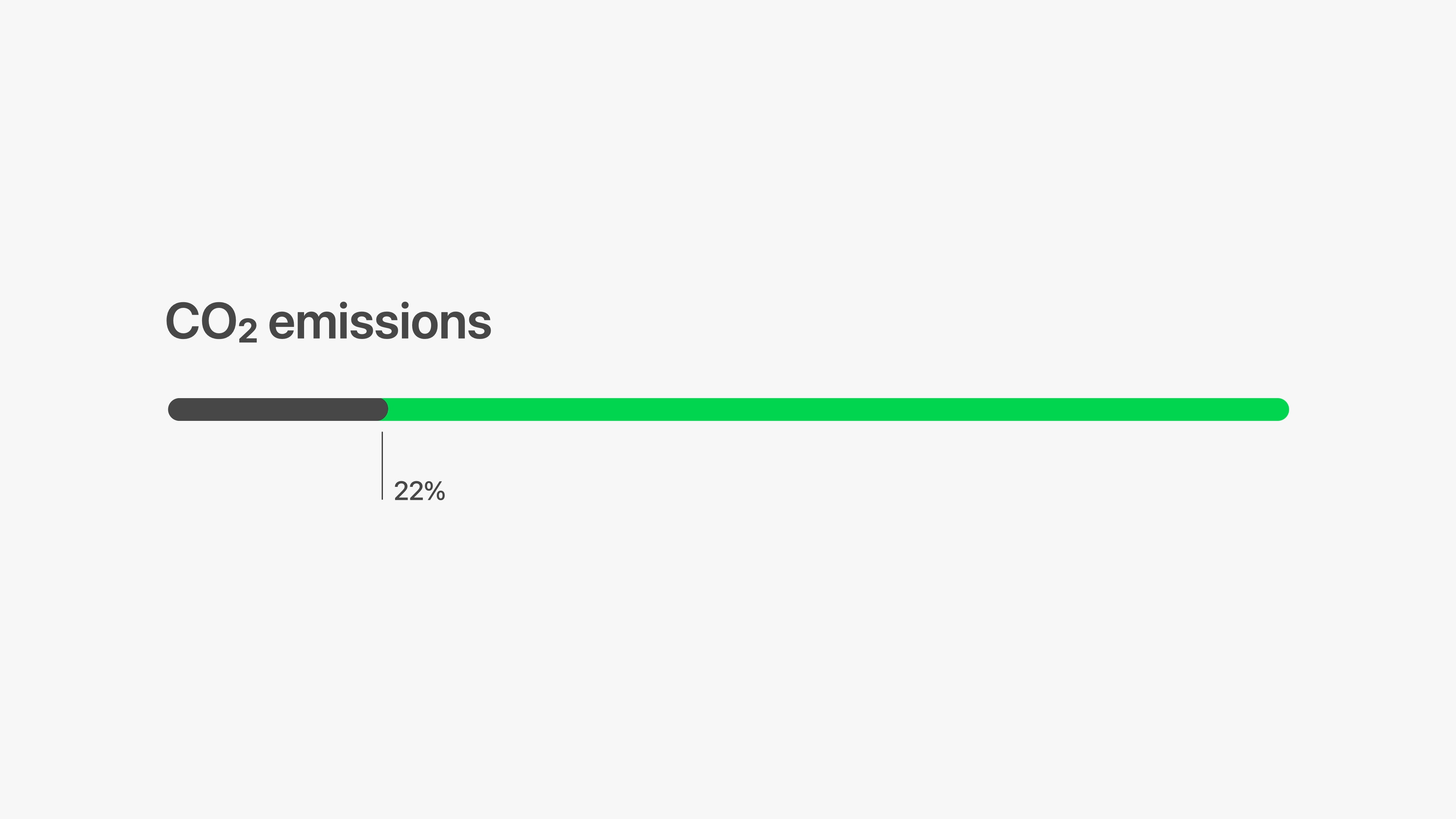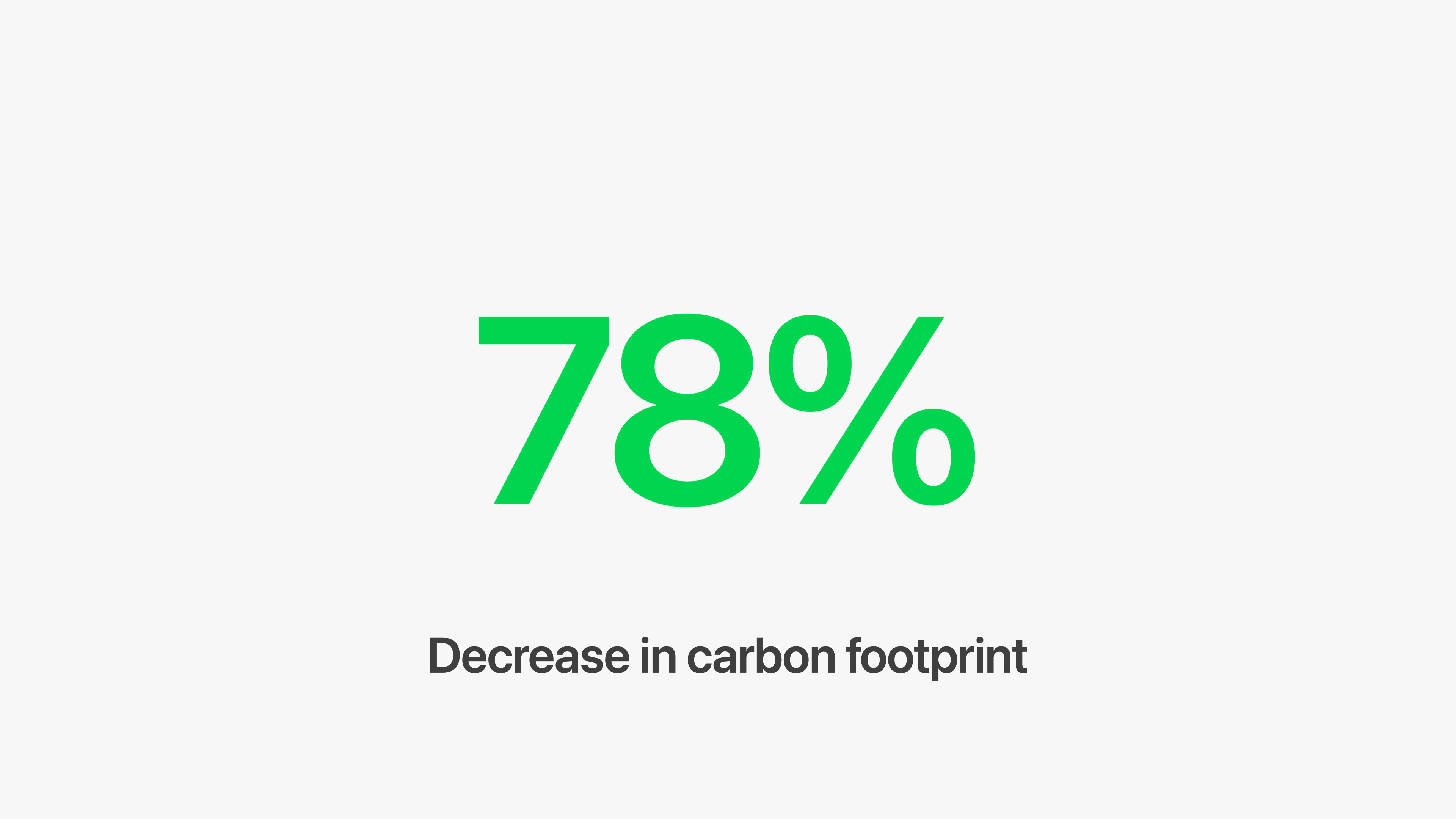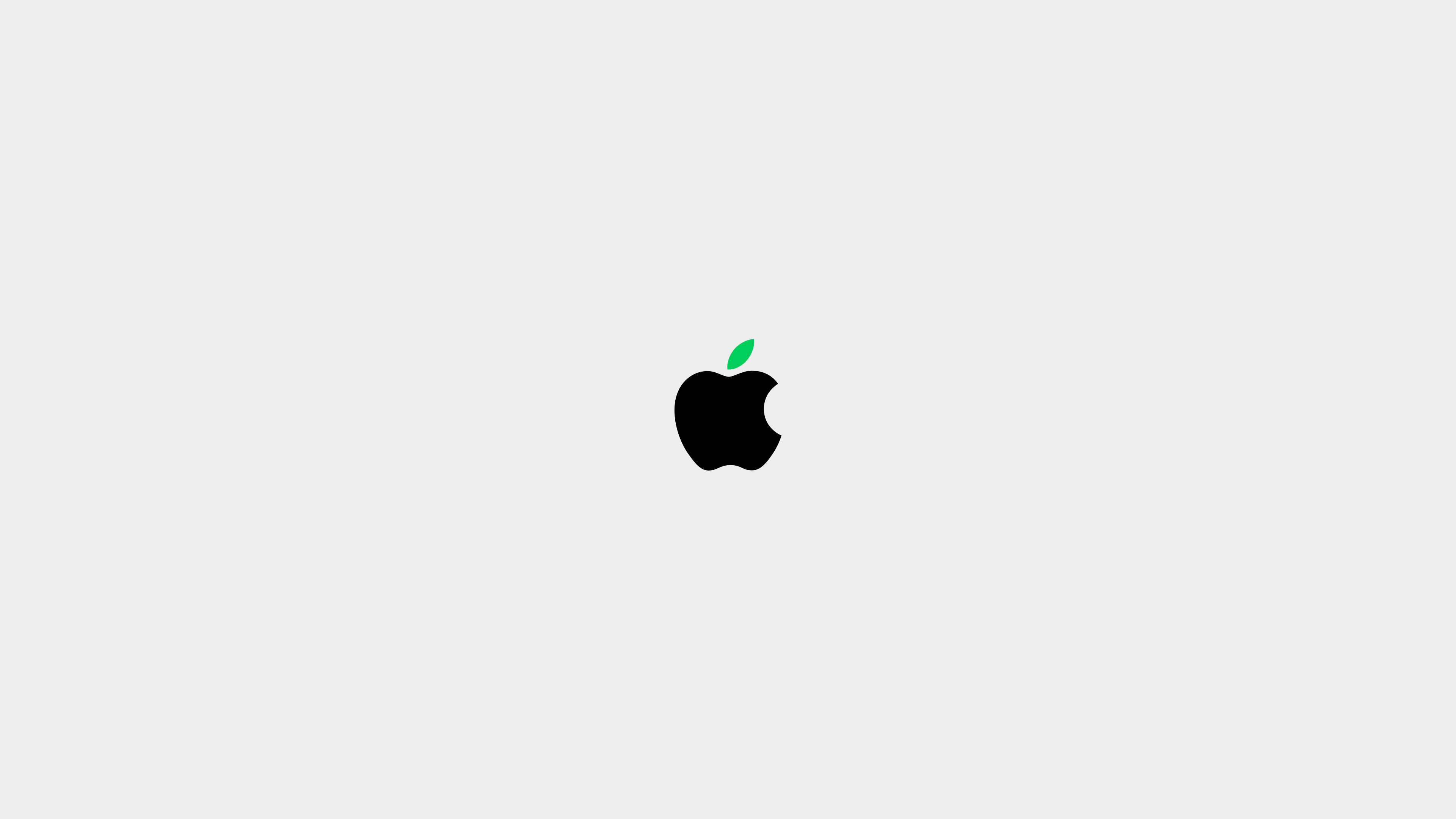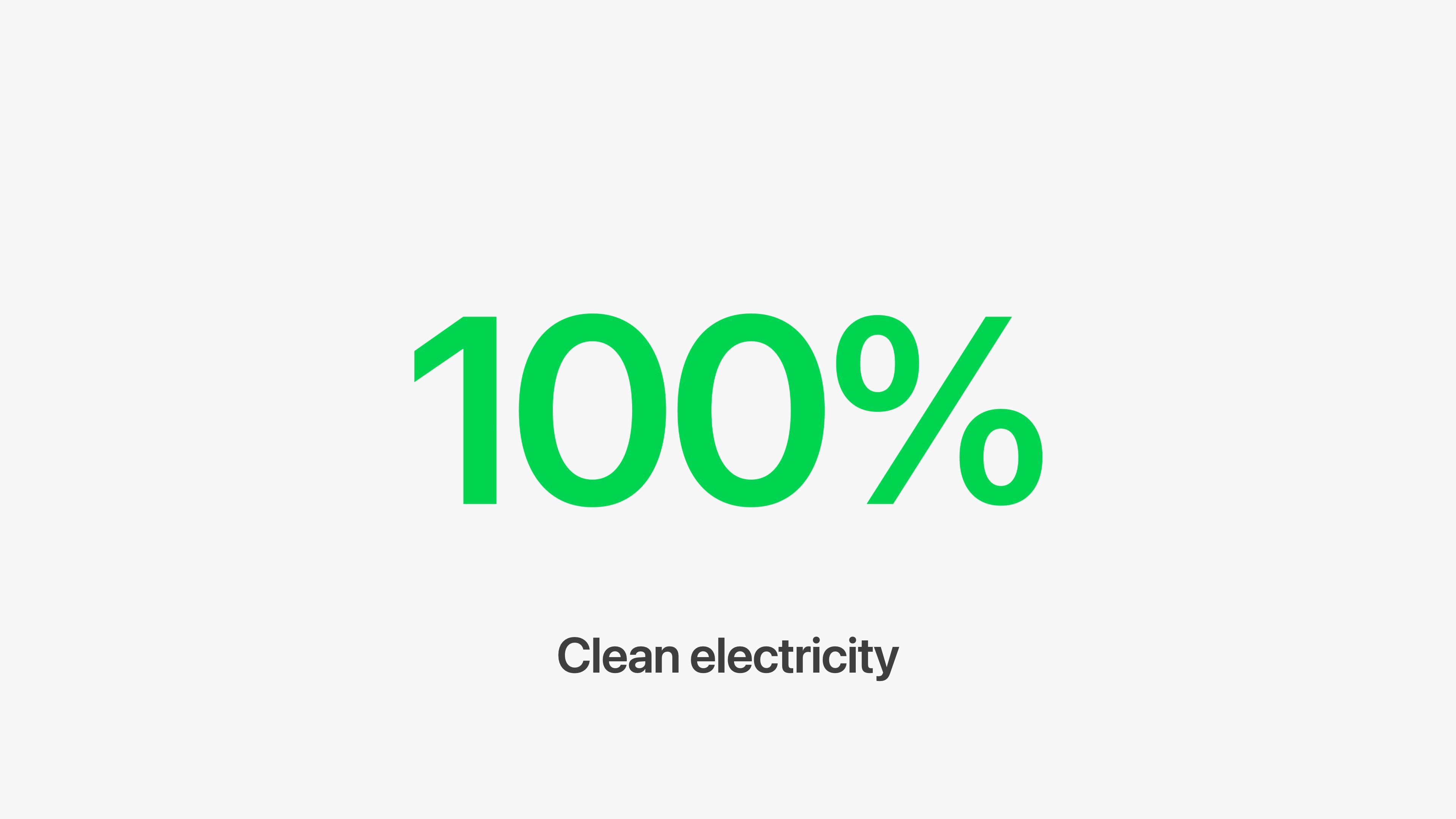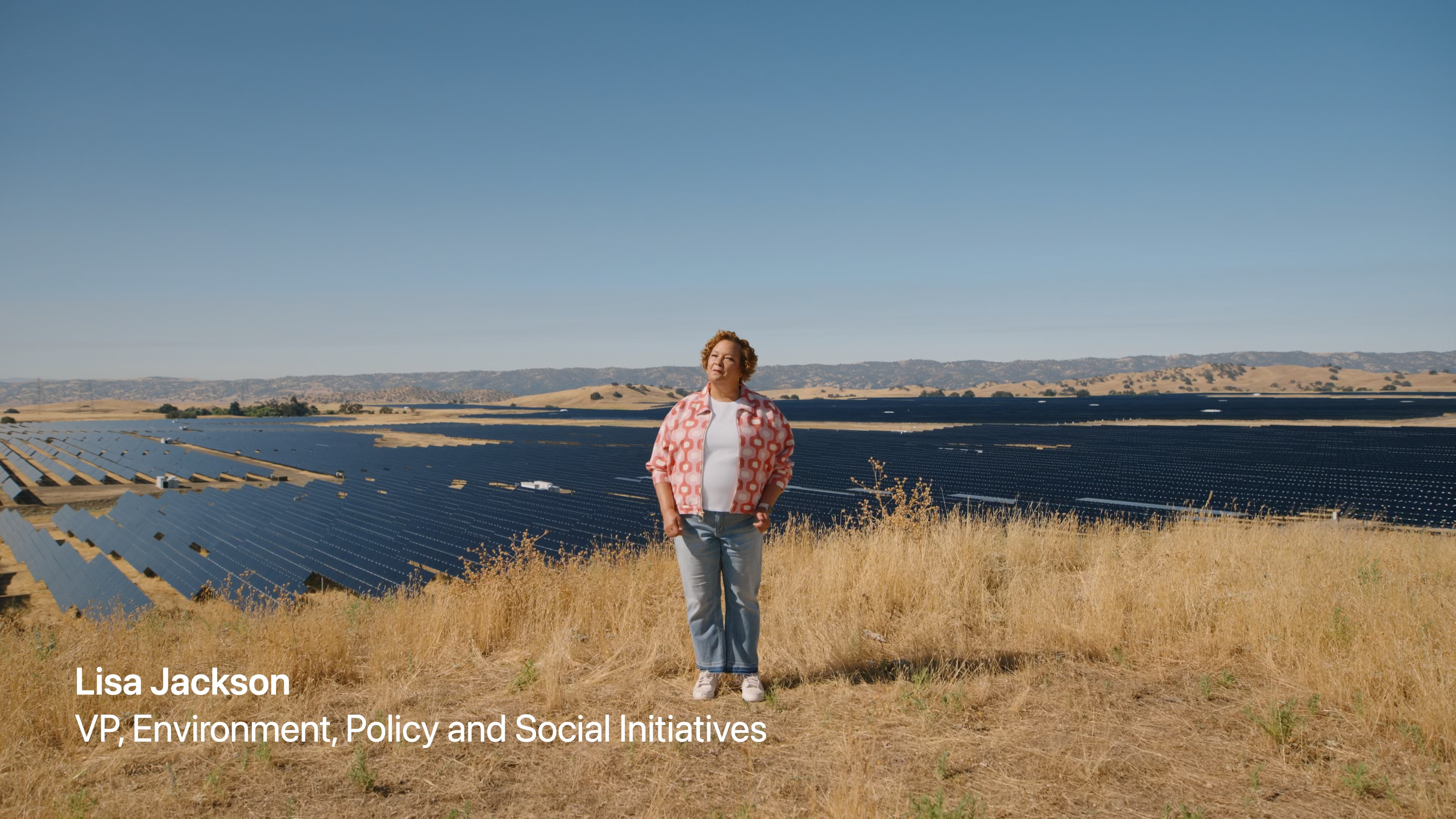Apple is making a bit of a stew for us. At his Keynote, he introduced the iPhone 15, which got rid of the Lightning connector and finally adopted USB-C. Together with them, he did the same with the second generation of AirPods Pro, when their charging box also switched from Lightning to this most widespread standard. But they are still referred to as AirPods Pro (2nd generation), even though they actually bring more news.
The new AirPods Pro 2nd generation go on sale on September 22 (you can pre-order them now). If you are interested in them and will be buying them from the e-shop, be careful about which specification you are purchasing. The same label indicates two different products, so read the labels to see which headphones have a Lightning connector and which USB-C. However, sellers here often mention MagSafe/Lightning, MagSafe/USB-C or years in the name. By the way, Apple has discounted the new 2nd generation AirPods, when you pay CZK 6 for them in its Online Store.
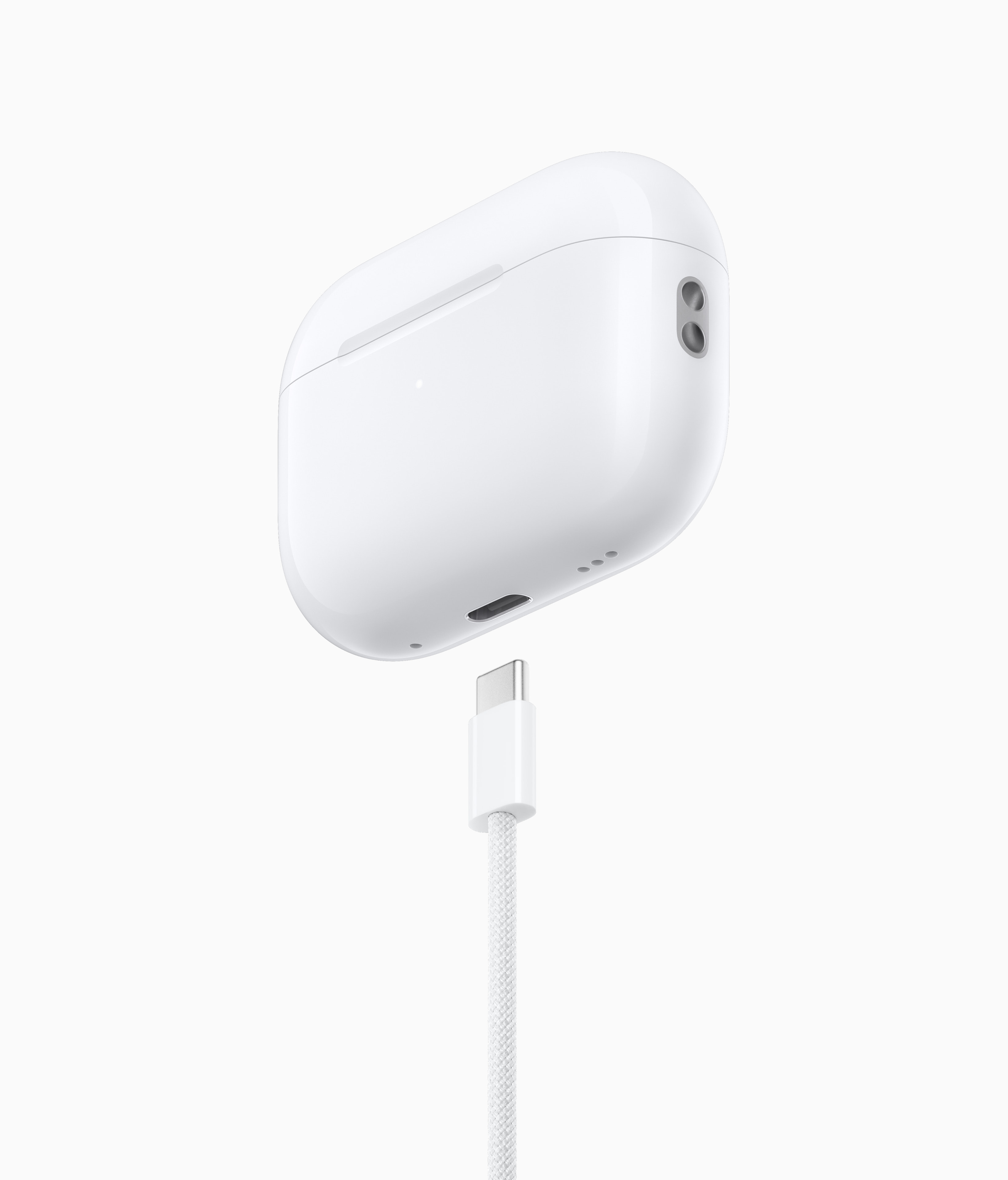
USB-C
Of course, the biggest innovation is the aforementioned change in the connector of the charging box. Here you can still charge wirelessly, but also now with all USB-C cables, including those with which you charge a Mac or iPad. In addition, with a USB-C to USB-C cable, you can charge them from these devices, which also applies to the iPhone 15.
Degree of protection IP54
Both the headphones and the charging case now offer higher resistance to dust, so they can handle rougher use, but not the roughest. Specifically, it is IP54 resistant, so there is still a possibility of dust ingress, which is quite logical given the grids present. It provides 100% dust resistance up to level 6. When it comes to water, the new AirPods Pro can withstand splashing water.
Lossless audio with Apple Vision Pro
It's questionable how lossless wireless audio can be, since there's still a clear conversion involved, but Apple specifically says: "AirPods Pro (2nd generation) with MagSafe charging case (USB-C) now allows for lossless audio with ultra-low response, making it the perfect wireless combination when combined with the Apple Vision Pro."
This is due to the H2 chip, which both headphones have, and which will be used in the company's first headset, which we will not see on the American market until the beginning of next year. It also has a new and allegedly incredibly high-quality 20-bit 48kHz lossless sound with a massively reduced response.
Environment
The new AirPods Pro use materials and technologies that reduce their impact on the environment. The magnets are thus made with 100% recyclable rare earth elements and the plating of several printed circuit boards with 100% recycled gold. The housing is made from 100% recycled tin in the solder of the main logic board and 100% recycled aluminum in the hinge. They also do not contain any potentially harmful substances such as mercury, BFR, PVC and beryllium. The redesigned packaging no longer contains plastic packaging, and at least 90% of the packaging material is made of fiber, bringing Apple closer to its goal of completely removing plastic from packaging by 2025.
iOS 17
And then there are news that will come to AirPods Pro 2nd generation with iOS 17, when the previous version with a Lightning box will also receive them. It's about:
Adaptive Sound: This new listening mode dynamically blends throughput with active noise cancellation, optimizing the effectiveness of the noise filter based on the user's environment. This breakthrough experience, made possible by advanced computational audio, allows users to stay connected to their surroundings at all times, while the headphones filter out any distracting sounds – like colleagues chatting in the office, the vacuum cleaner at home or the bustle of the local coffee shop.
Conversation detection: As soon as the user starts talking to someone – whether it's a quick chat with a colleague or ordering lunch at a restaurant – the Conversation Detection system lowers the volume, focuses on voices in the user's immediate vicinity and reduces ambient noise.
Personal volume settings: Thanks to the machine learning that Personal Volume uses to understand ambient conditions and volume choices, the feature can automatically adjust media volume to user preferences over time.
